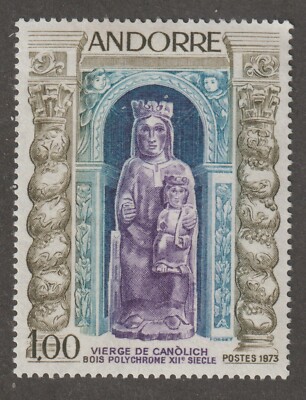
Introduction to Seville
Seville, the capital of Spain’s Andalusia region, is a city steeped in rich history, vibrant culture, and stunning architecture. Known for its flamenco dancing, historic sites, and delicious cuisine, Seville has become a must-visit destination for travelers from around the world. With the resurgence of tourism post-pandemic, the city is once again a bustling hub, making it an opportune moment to explore its wonders.
Historical Significance
Founded by the Romans as Hispalis, Seville is one of the oldest cities in Europe. It was later taken by the Moors, who left a lasting mark on the city’s architecture and culture. The iconic Giralda, once a minaret, stands as a UNESCO World Heritage site and is an integral part of the Seville Cathedral, which is the largest Gothic cathedral in the world. This fusion of history is a primary draw for tourists, as evidenced by the 2022 statistics showing a 35% increase in visitor numbers compared to 2021.
Cultural Influences and Events
Seville is well-known for its vibrant cultural scene. The Feria de Abril, held two weeks after Easter, is one of the most significant festivals in the city where locals dress in traditional dresses, and the streets come alive with music, dancing, and food. In recent years, the festival has embraced international influences, inviting visitors from around the globe to participate in the celebrations. Moreover, Seville is the birthplace of flamenco, providing countless venues and schools where visitors can experience this passionate art form firsthand.
Current Developments
As of late 2023, Seville has seen ambitious urban development plans aimed at enhancing its public spaces while preserving its historical roots. The “Smart City” initiative has introduced innovative transportation options and eco-friendly practices that have made getting around easier and more sustainable. This initiative not only improves the quality of life for residents but also enhances the visitor experience, appealing to a modern audience that values sustainability.
Conclusion
Seville is a city where the past and present coexist in harmony, offering visitors a unique blend of historical depth and contemporary vibrancy. With future investments in infrastructure and a commitment to preserving its rich heritage, Seville is poised to remain a significant cultural and tourist center in Spain. As travelers seek deeper experiences, Seville stands out as a destination that offers not just sights but a profound sense of place and belonging.


